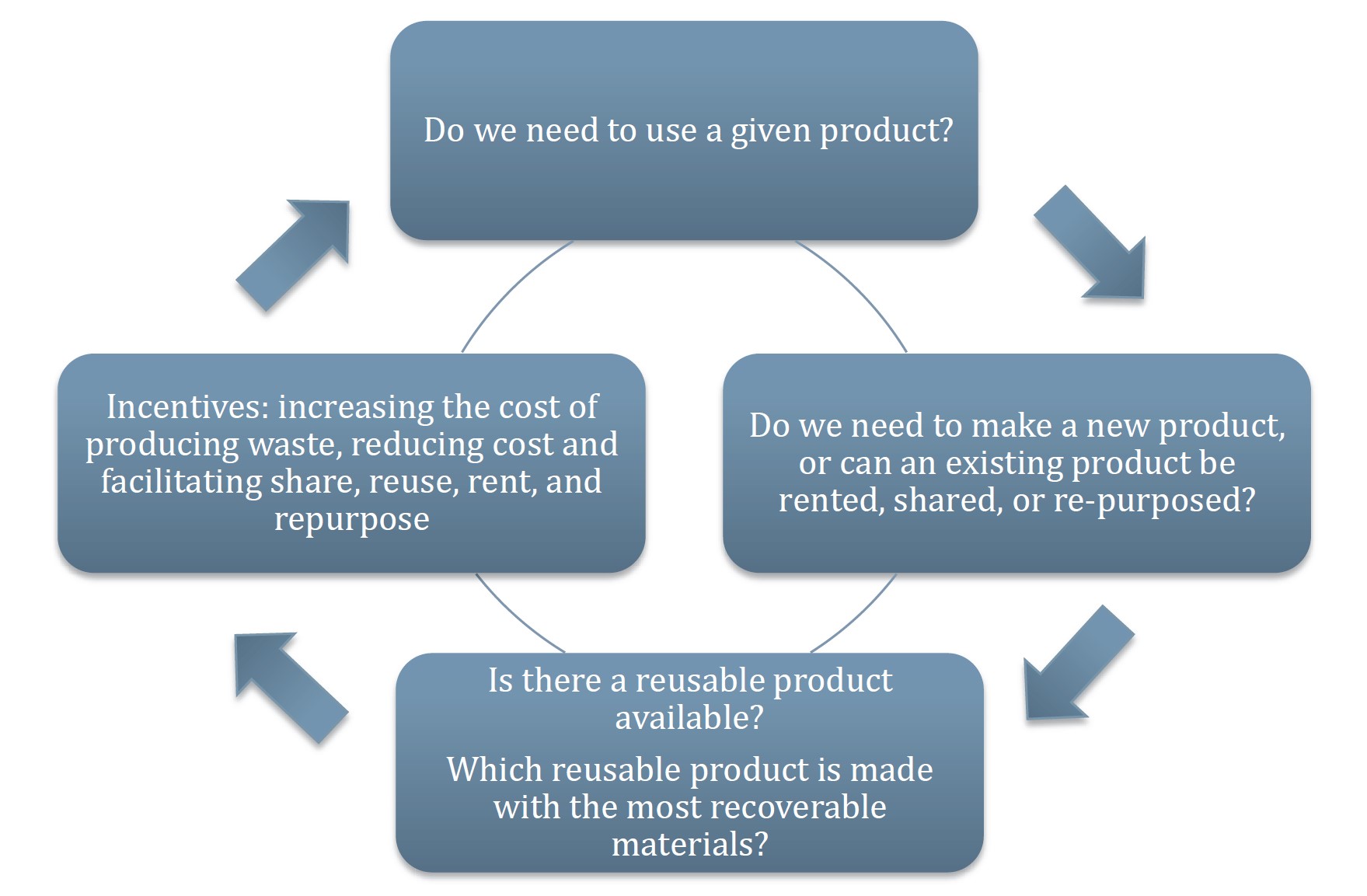In the current economic model, referred to as a linear economy, raw resources are extracted for production and products are disposed of at high rates.
An alternative model, known as a circular economy, would emphasize the reuse, sharing, and repurposing of goods, discourage and delay disposal of goods in landfills, and create new economies for sharing and recycling.
Benefits of a transition to a circular economy include reduced emissions, waste, and extraction of finite natural resources; supply chain reliability and security; improved food security; cost savings; improved health and well-being; and reduced health inequity.
This report outlines a strategic communications approach to educating and persuading non-experts about the health consequences of our current economic system. It explains the benefits of a transition to a more sustainable economic structure, informed by a literature review and series of interviews with health care stakeholders, environmental sustainability experts, and communications specialists. We propose a series of best practices for communicating the health risks of our current economic structure with an emphasis on persuading non-experts and decision makers.









